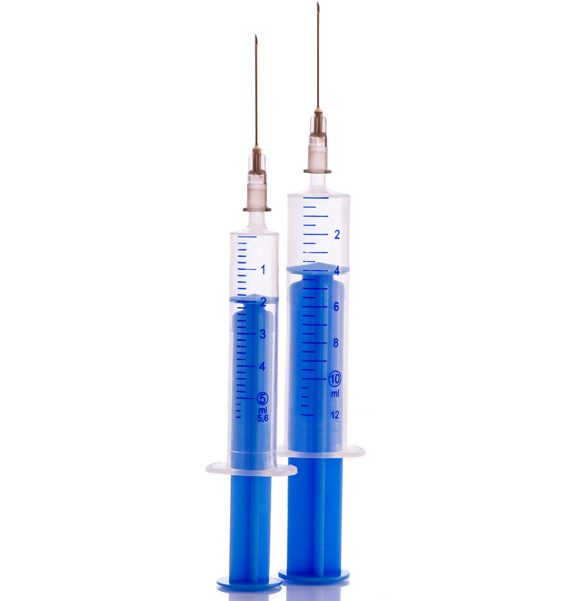Trigger point injections (TPIs) are administered to muscles or tissues likely responsible for causing pain in a certain area. There trigger points are small knots that sometimes form in fascia tissues due to myofascial pain syndrome, a chronic pain disorder, or from muscle spasms. During an outpatient procedure, the injections are placed in predetermined trigger points to provide relief and manage pain.

When TPIs Are Recommended
TPIs are often recommended to ease upper back and shoulder pain linked to active trigger points. Injections may also be used to treat tensions headaches, lower back pain that’s muscle-related, some musculoskeletal disorders, and persistent regional pain that affects range-of-motion within a specific area. Trigger points are sometimes linked to recurring discomfort affecting the neck or the two hip bones (pelvic girdle). TPIs aren’t necessary for trigger points that either aren’t the main source of pain or aren’t causing any noticeable discomfort.
How Trigger Point Injections Work
Inserted directly into an identified trigger point, trigger point injections work by soothing the affected muscle. Medication, such as xylocaine (Lidocaine) or a corticosteroid to reduce inflammation, may be injected with a local anesthetic to ease discomfort from the injection, especially if the trigger point is in deeper muscles. Some patients experience relief from an injection that contains no medication (dry needling) that still makes the trigger point inactive. Patients are typically asked to lay down in a comfortable position so muscles will be relaxed when the injection is given.
What Happens After the Injection
Some soreness at the injection is to be expected. It’s usually mild and goes away completely after 3-4 days. Patients are evaluated after the trigger point injection to determine if the trigger point has become inactive. Repeated injections in the same location aren’t recommended if the first injection doesn’t provide relief. Strenuous activity should be avoided for a few days after the injection. Patients are often encouraged to continue therapeutic exercises after soreness from the injection has gone away to increase muscle strength and flexibility.
Long-Term Effectiveness of TPIs
Trigger point injections produce little or no adverse effects for most patients. Research on the effectiveness of trigger point injections suggests greater relief is experienced when TPIs are combined with other pain management techniques, including both active and passive forms of physical therapy. Some patients report positive results when combining TPIs with alternative treatments such as acupuncture and TENS stimulation. Long-term results from injections may be further extended by modifying daily activities likely to put stress on certain muscle groups and eating foods like fatty fish and berries with natural anti-inflammatory properties.

While considered effective for many patients, trigger point injections aren’t meant to address pain from fibromyalgia or other conditions where pain is more widespread and not linked to any specific muscles. TPIs are generally considered safe when properly administered and based on other evaluations of pain and diagnostic tests to confirm that a targeted trigger point is the source of discomfort. Some patients reach a point where physical therapy alone provides sufficient relief.
